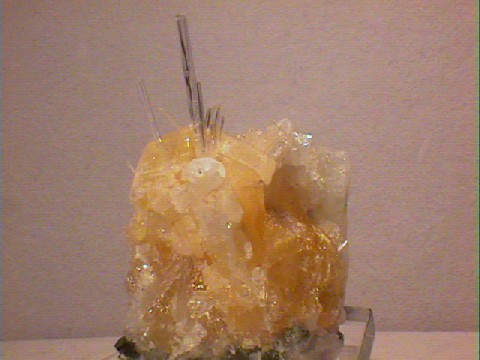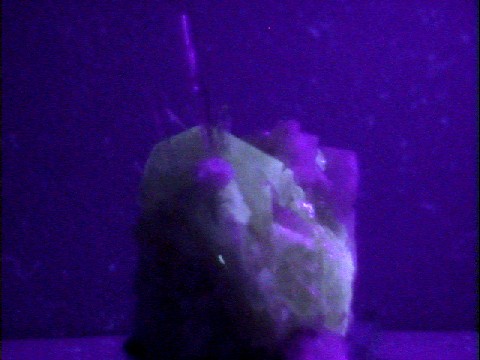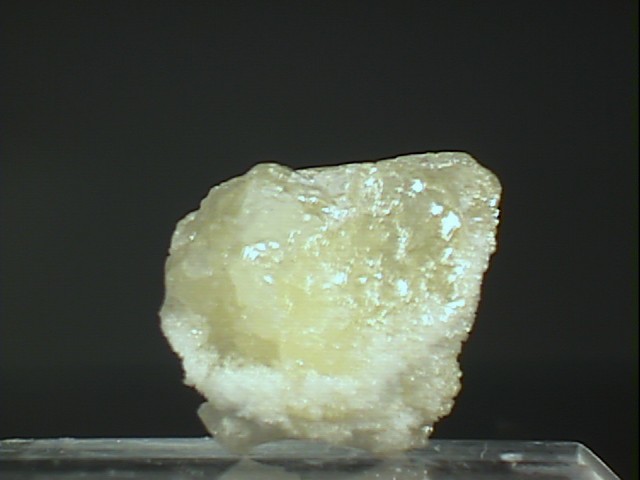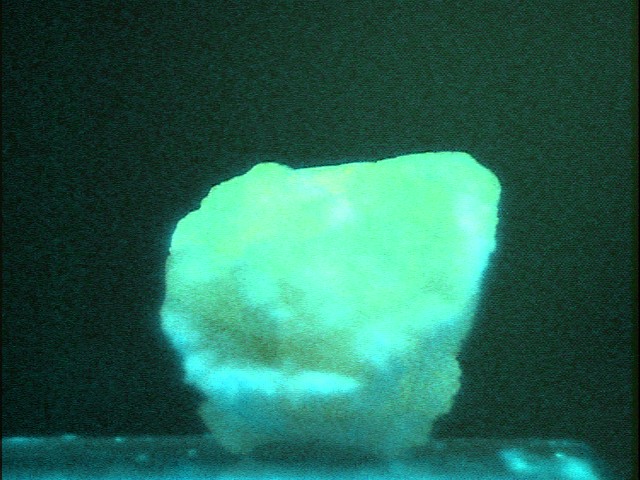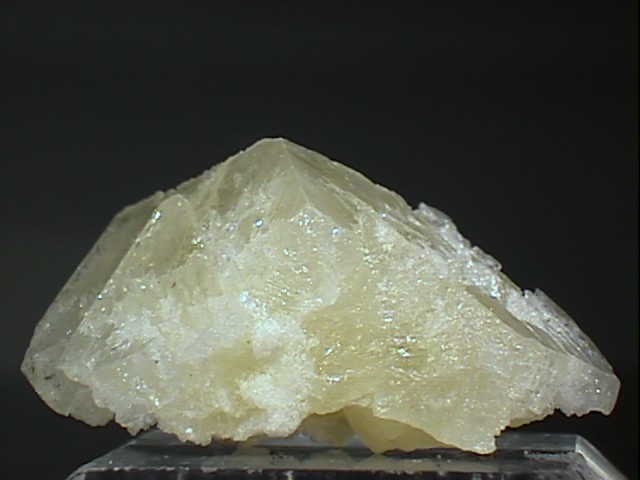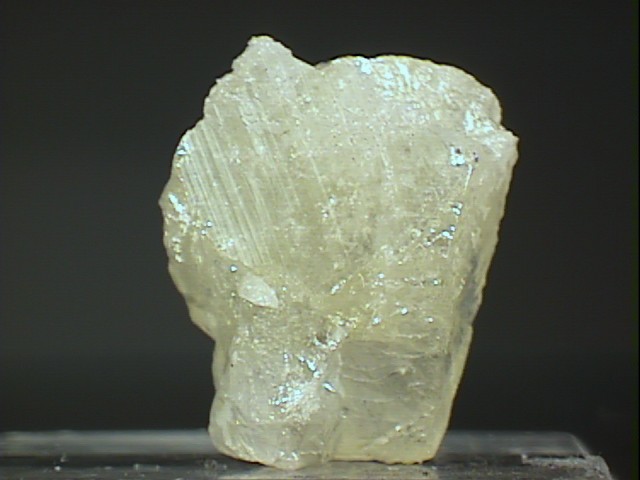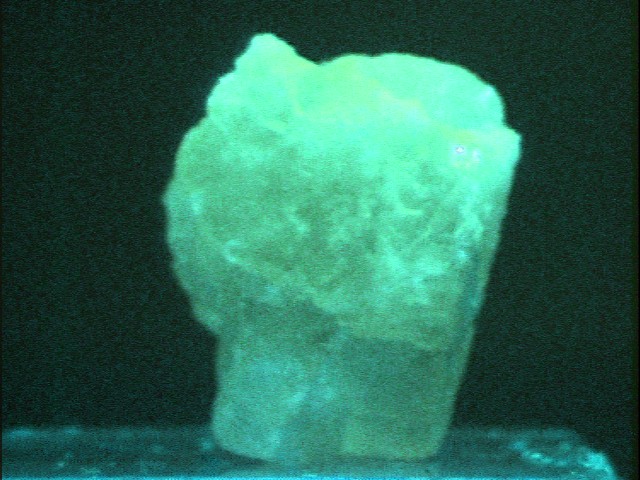 THE MINERAL POWELLITE
THE MINERAL POWELLITE
- Chemistry: CaMoO4, Calcium Molybdenate
- Class: Sulfates
- Subclass: Molybdenates
- Uses: As a minor ore of molybdenum (an important industrial metal) and as mineral specimens.
Specimens
Powellite forms an incomplete series with the mineral scheelite,
CaWO4.
Scheelite differs from powellite by the substitution of the molybdenum in powellite by the tungsten (W) in scheelite.
Some tungsten is usually found in powellite and thus sometimes the formula of powellite is written as Ca(Mo, W)O4 to reflect this substitution.
Scheelite is a popular
PHYSICAL CHARACTERISTICS:
- Color is yellow, brown, gray, blue, white or black.
- Luster is adamantine to greasy.
- Transparency: Crystals are translucent to transparent.
- Crystal System is tetragonal; 4/m
- Crystal Habits include small four sided pyramidal crystals (pseudo-octahedral) and thin plates. Commonly as crusts or films around altered molybdenite and as pseudomorphs after molybdenite.
- Cleavage is distinct in four directions (bipyramidal).
- Fracture is uneven.
- Hardness is 3.5 - 4.
- Specific Gravity is approximately 4.2 - 4.3 (heavy for nonmetallic minerals).
- Streak is white.
- Other Characteristics:
Fluorescent golden yellow. - Associated Minerals are quartz,
zeolites,
molybdenite and
lindgrenite . - Notable Occurrences include the Peacock Lode, Seven Devils district, Idaho (the type locality); Keewenaw Peninsula, Michigan; Tungsten, Nevada; Superior, Arizona and Randsberg, California, USA; Nasik, India; Turkey; Russia; Scotland; Clayton Quarry, Panama Canal Zone, Panama and Morocco.
- Best Field Indicators are crystal habit, color, fluorescence, association with molybdenite and cleavage.

